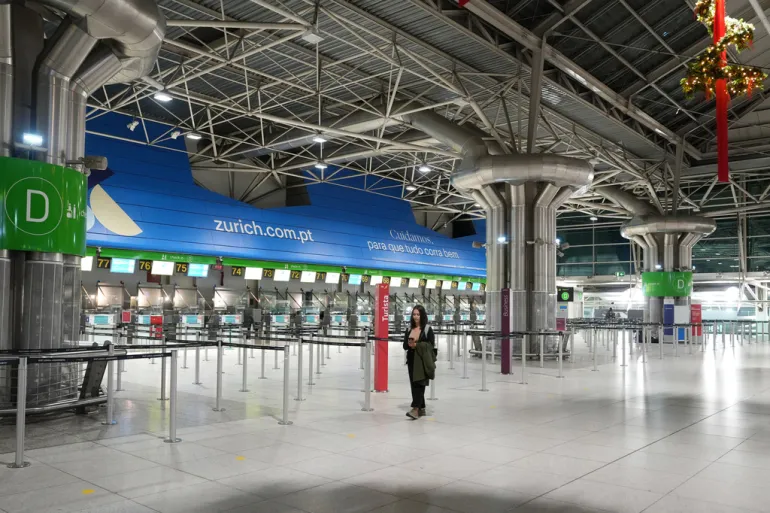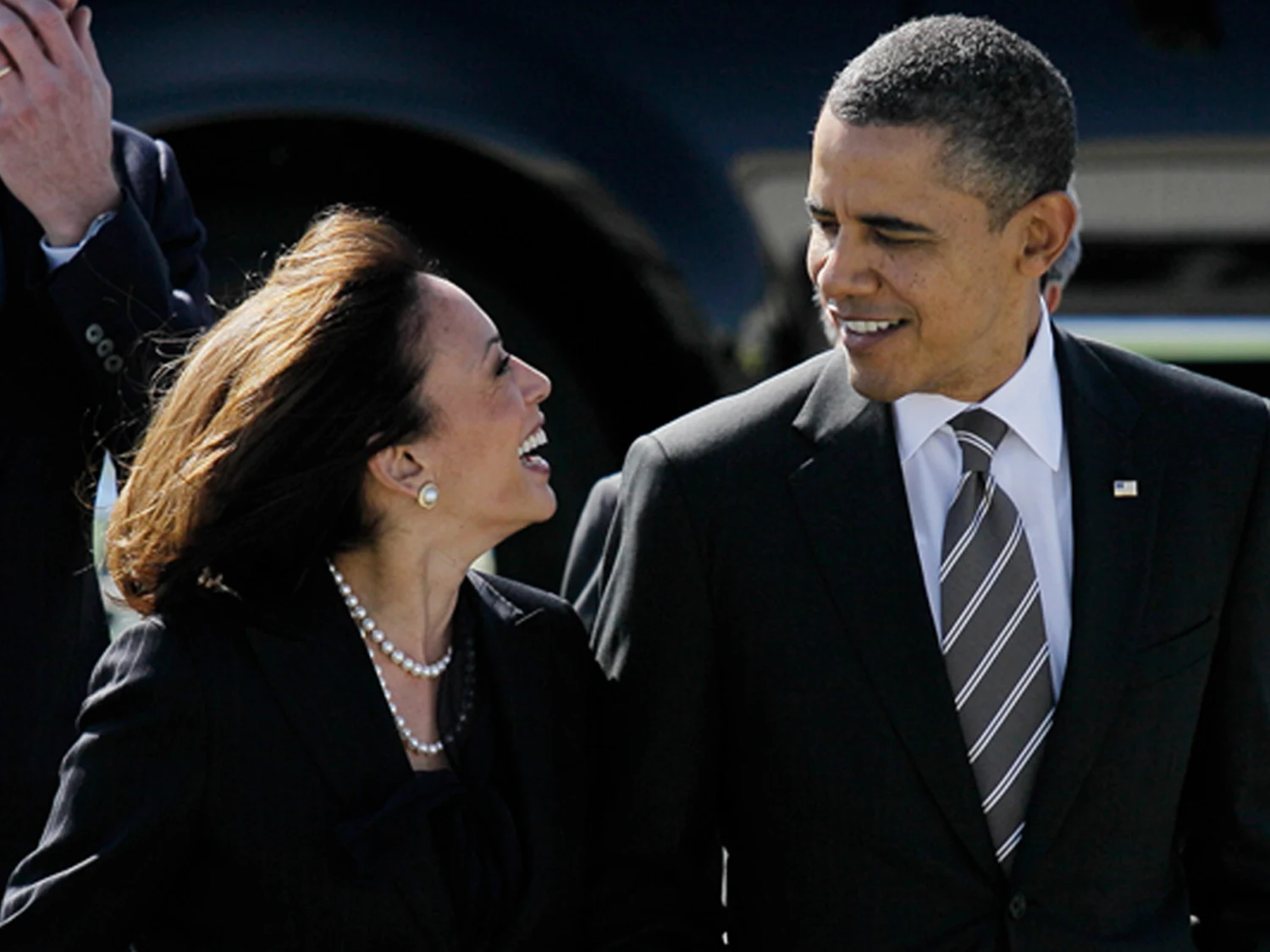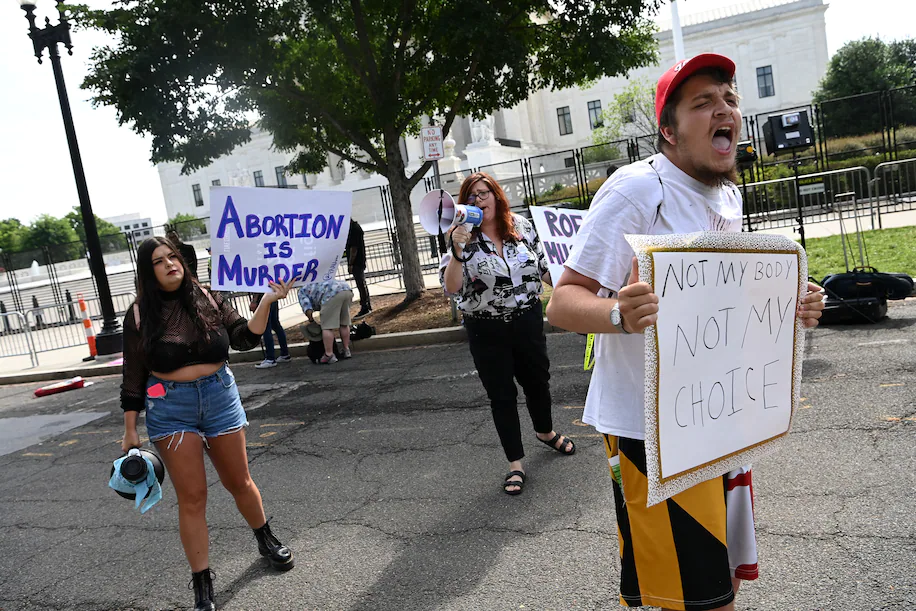The Fed’s Ready to Tap the Brakes—Lightly—while Keeping the Door Open for More
With input from Reuters and CBS News.
The Federal Reserve looks set to shave another quarter-point off interest rates this week, a small but telling move meant to stop a softening labor market from turning into a slide. It would be the second cut of the year and, judging by market odds and the Fed’s own recent language, probably not the last. Futures are pricing a near-certainty of 0.25 percentage point on Wednesday, with traders leaning toward more easing in December and even January. If the committee follows through, the policy rate drops into the 3.75%–4.00% range — down from 4.00%–4.25% — nudging borrowing costs lower across the economy.
The rationale isn’t hard to spot. Unemployment insurance claims have been creeping up, a classic tell that labor demand is losing steam, even as the government shutdown has jammed the usual flow of official data. The last widely cited unemployment rate was 4.3% in August, and because so many statistics are on ice, policymakers have been leaning more on private indicators and higher-frequency reads to triangulate what’s happening under the hood. Jay Powell flagged that shift earlier this month, saying the overall picture since September hadn’t changed much — code for a job market that’s softer, not collapsing.
Inflation, meanwhile, is cooperating — at least relative to the scares of the last two years. The Consumer Price Index rose 3% over the year through September, a cooler print than expected and, crucially, one that takes some heat out of worries that new tariffs will kick prices higher. For now, those fears are on the back burner. That’s why you’ve seen a chorus of economists argue there’s nothing in the recent data to stop a cut. If the aim is to cushion the labor market while inflation glides toward target, a quarter-point trim fits the script.
The Fed has more than data to juggle. It has politics — and a family argument — too. The Trump administration has been loudly pushing for lower rates, a drumbeat Powell can’t ignore even as he insists on central bank independence. Inside the Fed, the split is real. Some officials want to pause and see how much disinflation is already baked in; others warn that waiting risks letting a labor slowdown gather momentum. Michelle Bowman, the vice chair for supervision, effectively underlined the committee’s bias toward more easing by highlighting the phrase “additional adjustments” in last month’s statement. New Governor Stephen Miran has pressed for a bolder 50-basis-point move and could dissent again. That’s the tension Powell has to manage on stage: show flexibility without promising December, and keep the committee’s hawks from bolting while signaling to markets that the door remains open.
He also has to do all that with a foggy windshield. If the shutdown ends, the Fed could get a firehose of delayed information — potentially three months of jobs data — between now and the December meeting. Global trade negotiations add another moving part; a breakthrough or breakdown could alter inflation and growth expectations quickly. Expect Powell to telegraph optionality at the press conference, stressing that the path beyond this week is data-dependent and that nothing is “in the bag.”
There’s a plumbing angle worth watching as well. Beyond rates, officials could hint they’re close to halting the balance-sheet runoff — quantitative tightening may be nearing a pause. With reserves in the banking system shrinking and funding markets occasionally twitchy, an early QT stop would dovetail with a gentler policy stance. The communications team, meanwhile, is reportedly debating how to refresh the Fed’s guidance playbook so markets understand the likely path of policy without mistaking it for a promise.
For households, the immediate impact of a quarter-point move is more nudge than shove. Variable-rate debt linked to prime — think credit cards and home equity lines — adjusts faster, so borrowers could catch a modest break. Mortgage rates, which dance to a different tune, have already drifted lower ahead of the meeting as bond investors priced in a softer economy with fading inflation. The average 30-year fixed has slid to its lowest level in a year. That doesn’t mean a stampede of cheaper mortgages from here; a lot of the expected easing is already in the price, and the next leg depends on how the incoming data lands.
The bigger question is how far the Fed is willing to go. There’s a strong instinct inside the building to avoid locking in a December cut on live television. Leadership would rather keep the committee together than risk over-promising and under-delivering. At the same time, the statement language from last month — kept deliberately pliable — makes it hard to pivot to a “maybe we’re done” message without sounding abruptly hawkish. That’s why you’ll likely hear Powell keep his options open, emphasize that inflation is cooler but not conquered, and lean into the idea that the policy stance is easing because the balance of risks has shifted toward jobs.
In short, this is a gentle hand on the tiller, not a hard turn. Softer inflation gives the Fed cover to prioritize the labor market. The internal split means the chair will talk like a pragmatist, not a crusader. The political pressure is loud, but the public-case for a small cut is louder: tamp down the slowdown before it snowballs. If the next few weeks confirm what the Fed suspects — cooling prices, a labor market that needs a cushion, and no tariff flare-up — then today’s trim may be the opening act of a short series. If the data surprise hotter or the shutdown’s data vacuum yields a very different picture, the Fed can always tap the brakes on the easing. For now, the path of least resistance runs through a quarter point—and a careful promise to keep watching, not guessing.









The latest news in your social feeds
Subscribe to our social media platforms to stay tuned